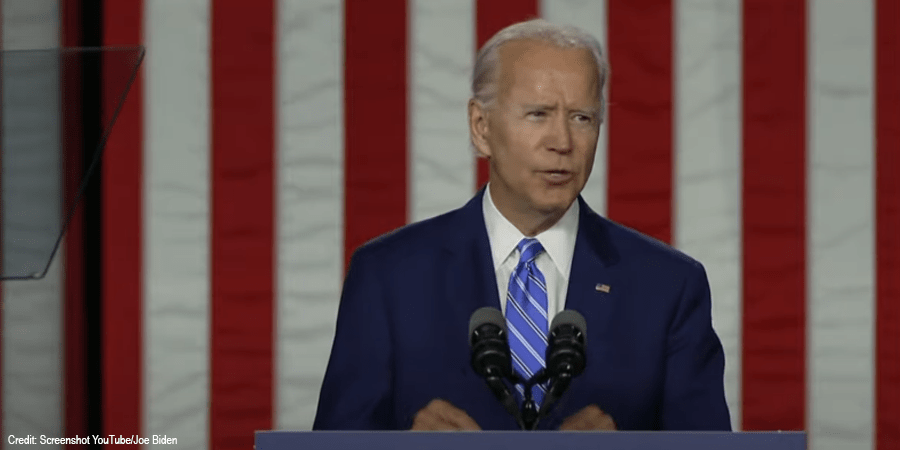Biden issues Executive Order to tackle climate crisis
In his first days in office, new US President Joe Biden announced stricter emissions regulations and the government fleet’s electrification. He has now issued a detailed “Executive Order” to combat climate change, which is surprisingly ambitious.
The White House can order Executives Orders to define state mandatory requirements for the executive agencies that have the effect of law. Congress may try to overturn an executive order by passing a bill that blocks it. The president can veto that bill, but with the current administration holding the majority this is unlikely, so take this seriously.
The order just published includes directives on almost all fields, including clean energy, climate protection, domestic and foreign policy etc. but we will stick to the most important parts in our realm.
Effectively, the President formalised the approach to transition all government fleets to zero-emission vehicles, listing the United States postal service. Section 205 also includes the creation and holding of unionised jobs for the production of these vehicles. Earlier days had Biden declare tighter emission standards shortly after taking office. And, during the election campaign, Biden had already said he would invest two trillion dollars in climate protection in the first four years if he won the election.
The executive order now lays the ground for the executive agencies to get in line and hand in their own plans. The administration expects to see proposals on all matters within 90 days from now that will be handed to the “Task Force”.
The Task Force is a new unit the administration seeks to install as National Climate Task Force (sec. 203). It consists of secretaries of all departments, i.e. the Secretary of the Treasury, the Secretary of Defense, the Attorney General, etc. You may say, high level. Their task is to facilitate a Government-wide approach to combat the climate crisis.
Talking about the climate crisis is no small matter. While the US has yet to declare a climate emergency, it is now official policy to act as if in crisis in line with wording introduced by climate change activists.
Quote Biden: “This order builds on and reaffirms actions my Administration has already taken to place the climate crisis at the forefront of this Nation’s foreign policy and national security planning, including submitting the United States instrument of acceptance to rejoin the Paris Agreement.”
Talking about international agreements, other administrative measures include a new Presidentially appointed position, the Special Presidential Envoy for Climate. They will be responsible for checking the administration and promoting initiatives, multilateral ones in particular.
President Biden also announced he would host an early Leaders’ Climate Summit “aimed at raising climate ambition” ahead of COP26 in Glasgow this year. Let’s see if the US can build some accord before the UN summit this time.
Scrolling further down reveals the other needed side – disincentivising fossil fuels (Sec. 109). All government agencies are asked to identify any fossil fuel subsidies provided, and then “take steps to ensure that, to the extent consistent with applicable law, Federal funding is not directly subsidizing fossil fuels.” The Biden administration further expects the 2022 budget to be free of fossil fuel subsidy requests.
In line with the decarbonise strategy, the order also calls to “pause new oil and natural gas leases on public lands or in offshore waters pending completion of a comprehensive review and reconsideration.” This stands alongside a wider call that includes a transition to clean energy, including buildings and general protection of public lands. Clean energy will likely receive large investments in the 2022 budget, esp. when taking into account the now declared goal of doubling offshore wind by 2030 (Sec. 207).
The order is out – action must follow. All parties and agencies have been given 90 days to redraft their planning.
whitehouse.gov (executive order in full)





0 Comments